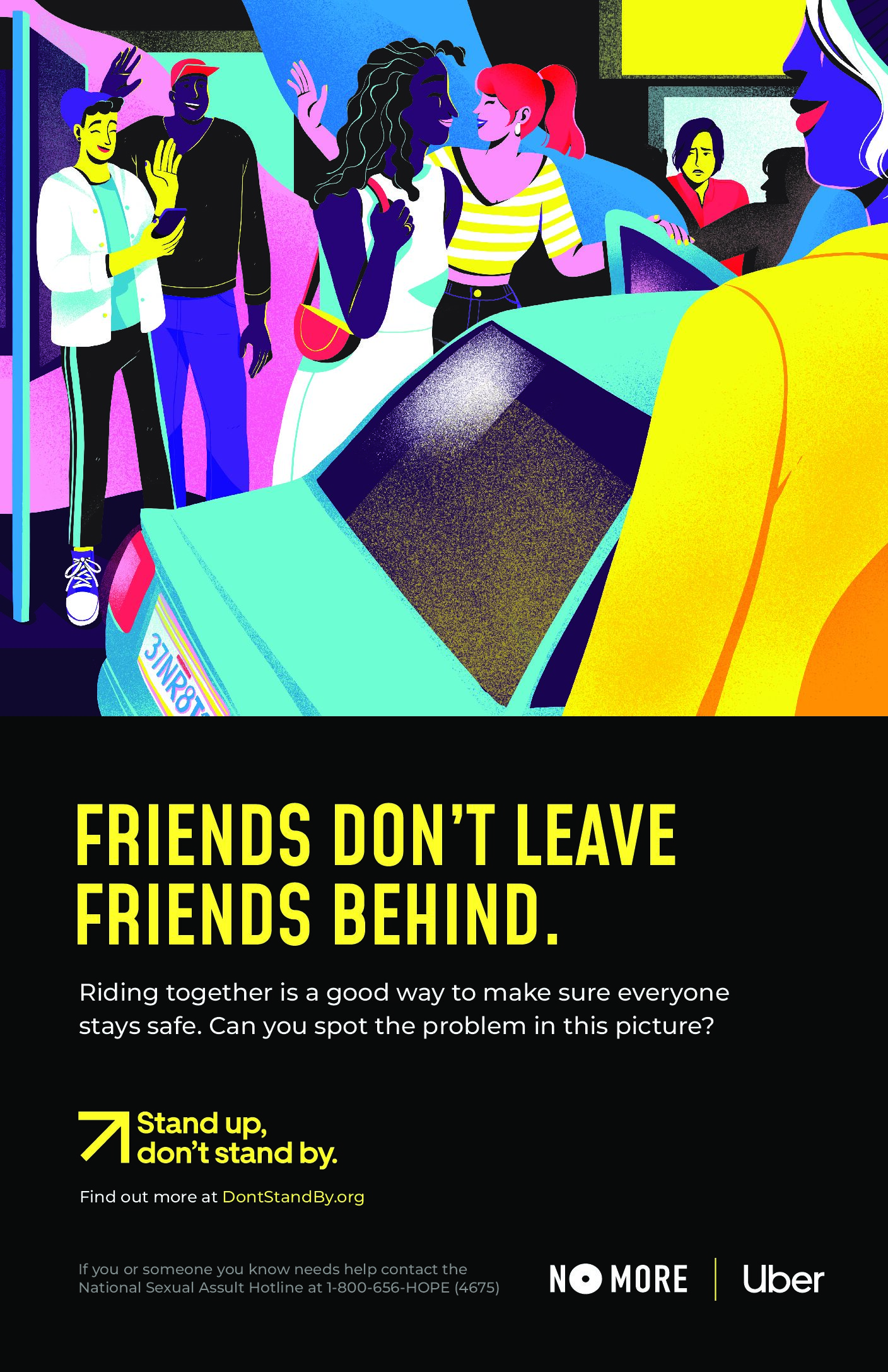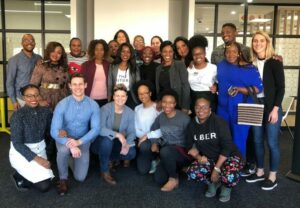Driving Change for Safety at Uber
A corporate commitment to prevent gender-based violence
A Global Epidemic
1 in 3 women[1], or over 700 million individuals, worldwide have experienced some form of sexual assault and/or domestic violence. 1 in 6 men in the US have experienced sexual abuse or assault as children or adults[2]. These numbers are highly underreported and only increase when you intersect other marginalized identities. In the US, 35% of Black women experienced some form of contact sexual violence[3] and 46% of bisexual women[4] and 47% of transgender people[5] have experienced rape and sexual assault respectively. Each of these statistics represent real people experiencing real harm. Sexual violence is a global epidemic that can affect anyone and no industry, including ridesharing, is immune.
Is Uber Safe?
In 2016, Uber was strongly criticized by media, advocates, regulators, and the public for safety and not doing enough to address reports of serious safety issues like sexual misconduct and violence. Uber had become a household name for convenient transportation, but lacked the nuanced expertise to combat such safety incidents appropriately and effectively.
Highly publicized assaults by Uber drivers and riders and the company’s responses to survivors and the media created distrust with the public and employees. The prevailing narrative was that Uber was unsafe, particularly for women, and that the company did not care about the women and marginalized communities who experienced harm on the platform.
Uber knew that it needed to step up and be part of the solution to this prevalent societal issue. More importantly, Uber wanted to make a difference and was committed to driving change, inside and outside the organization.

Creating Safer Spaces – In the
Company and on the Ride
As head of Women’s Safety and Gender-based Violence Programs at Uber, Tracey Breeden and her team leveraged their own safety expertise and partnered with teams across the company to identify trends and opportunities for improvement. A community-collaborative approach was taken to listen to candid feedback from gender-based violence and LGBTQ+ experts to help create a holistic strategy to address the root of these issues both internally and externally.
That initiative was a multi-pronged approach, beginning with Uber committing $5 million over five years to fund sexual violence prevention initiatives. The money supported diverse, expert organizations such as NO MORE; Raliance; Women of Color Network, Inc.; A CALL TO MEN; and the Anti-Violence Project to advance each organization’s work in prevention and direct services to survivors.
In partnership with these experts and others, we developed global prevention and bystander education to address unique cultural and circumstantial needs. Uber educated riders and drivers in a variety of ways including in person trainings on respect and women’s rights in India, interactive video modules on sexual misconduct for all drivers in the US, and a bystander awareness campaign in collaboration with cities, thought-leading NGOs, law enforcement, and night-life business in entertainment districts.
It was also crucial to support Uber’s employees. We created expert-informed training for customer support agents globally to empathetically respond to reports of sexual violence and launched a program to support employees experiencing domestic and sexual violence. Additionally, company executives received expert-led training on the basics of sexual violence and how they could continue to uplevel safety for women and marginalized groups.
The multi-pronged approach also included leveraging technology by building safety into the design of the product. We helped create and advise on Trust & Safety product features such as RideCheck, Emergency Button, Safety Toolkit & Center, Trusted Contacts, Follow My Trip, Rider Pick-up and Drop-off and Phone Number Anonymization, and Real-time ID Check.
 Becoming a Leader in Safety
Becoming a Leader in Safety
Driving Change and the programs and product features that followed were instrumental in shifting the narrative around Uber and safety, particularly for women and vulnerable groups. The same organizations who criticized Uber’s approach before became some of its strongest allies and partners. For example, Raliance, a national partnership dedicated to ending sexual violence in one generation, has stated “We encourage other companies to follow Uber’s lead by bringing sexual violence to light.”
Media reports also shifted. Safety incidents will always grab headlines but instead of news reports solely focusing on safety issues, journalists covered the positive steps that Uber took. The Washington Post highlighted Uber’s work to create a safer platform and global communities in an article titled Safety as social change and Mashable recognized Ubers efforts to address gender-based violence as one of 14 innovations that helped make the world a better place.
Sustained efforts are critical to driving meaningful social change. Uber has continued to foster the 30 programmatic partnerships created with nonprofits across six continents as well as design product features with safety in mind. Driving Change in conjunction with Uber’s other safety features has laid the foundation for a safer platform and a more collaborative, transparent approach to safety. In Uber’s most recent Safety Report, the company noted that more than 99.9% of trips are completed without any reported safety issues and that only 0.0002% of trips had a report of a critical safety incident. There is always more to do to create safe and inclusive spaces, but by addressing the critical issue of women’s and marginalized community safety, we were able to help Uber become a safety leader.
